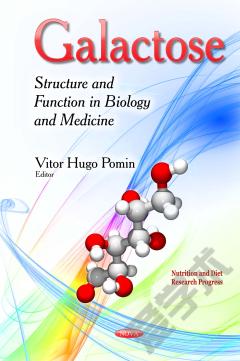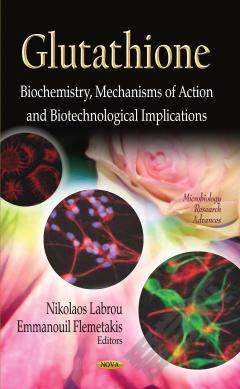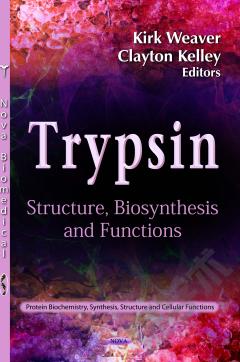Glucagon: Structure, Biosynthesis and Physiological Effects
Since the discovery of the glucagon hormone, our knowledge of the pathophysiological changes of glucose metabolism has increased substantially. One of the first major breakthroughs in our understanding of the pathogenesis of diabetes occurred when patients with diabetic ketoacidosis were found to have very high glucagon levels. Since then, more observations confirmed hyperglucagonemia in diabetic patients. Despite the vast knowledge that we gained on glucagon, treating people with diabetes remained limited to replacing insulin, stimulating its secretion or improving its action for many years. Targeting glucagon pathway was not thought of as a valuable approach to treating diabetes until the first incretin mimetic was proved to be highly effective for not only stimulating the secretion of insulin but also for suppressing the glucagon secretion. The concept of bi-hormonal abnormality has changed the way we approach and treat diabetes. This book represents an extended and thorough review of glucagon biosynthesis and physiological effects. It also outlines the therapeutic options currently available to treat glucagon metabolic disorders. As it is intended for the whole scientific community, the material included was selected to be both clinical and scientific. It offers a unique integrative approach combining the expertise of the different specialties of endocrinology, physiology, cell biology, diabetes genetics and diabetes education.
{{comment.content}}








 京公网安备 11010802027623号
京公网安备 11010802027623号